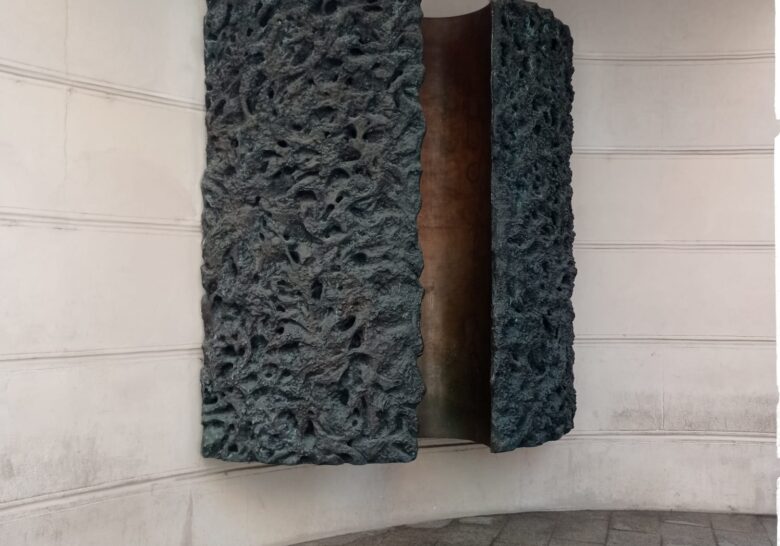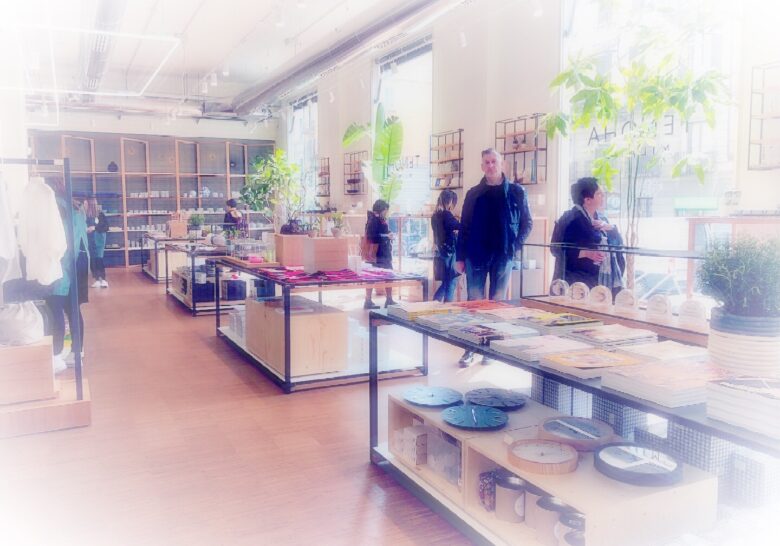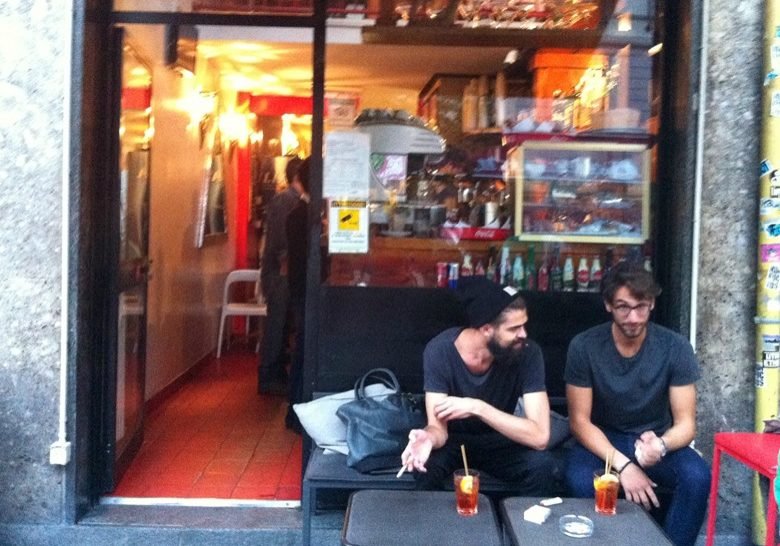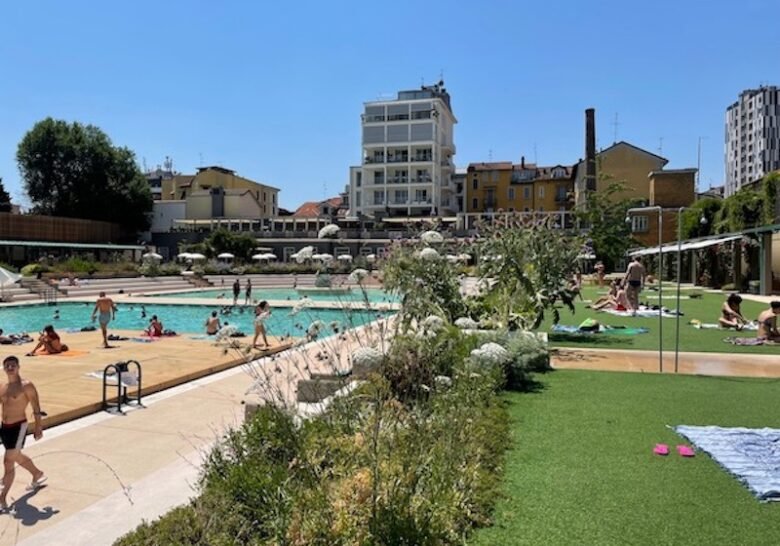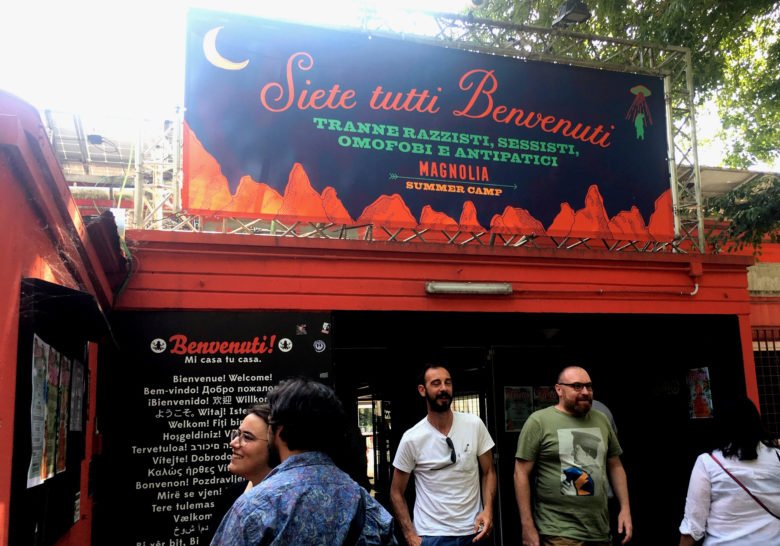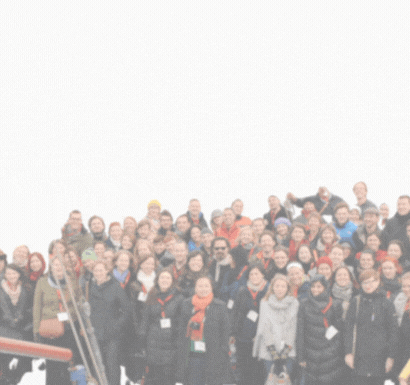In the 17th century, a great plague arrived in Milan and killed several people. At that time, Milan was under Spanish control, which, as a great writer of Milan, Alessandro Manzoni, wrote, was an occupation felt by the citizens badly, above all because of the iniquity of their judicial system and their Catholic religious fervor, which was even worse than the Vatican’s one, just think about the Spanish Inquisition.
When, at that time, the Spanish didn’t have a clue how to manage the situation of the plague in the city and what to answer to the exhausted citizens of Milan, they decided to incriminate random people as “spreaders” of the plague. Basically, they were guilty of painting the walls of the city with an oil which had the plague inside. Those people were arrested, then tortured with terrible methods that would have forced them to confess their guilt, and were finally executed publicly.
Afterwards, their houses were destroyed, and in their place, columns called “infamous columns” were placed. The first one was made in 1630, in place of the house of Gian Giacomo Mora, who was a barber, and today it’s still there inglobated in a building on the road that has the name of the poor victim. As the writer Manzoni tells in an essay called “The Infamous Column”, after a while, when the victims were under torture and were asked who their accomplices were, they started saying the names of Spanish nobles. That’s when the Spanish stopped doing that.

